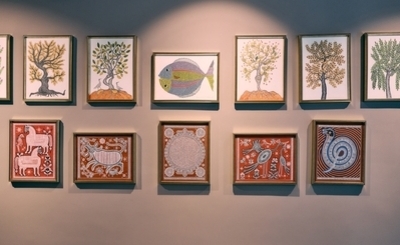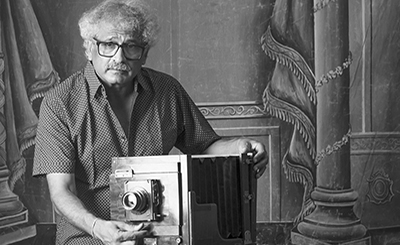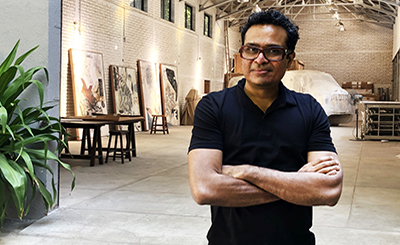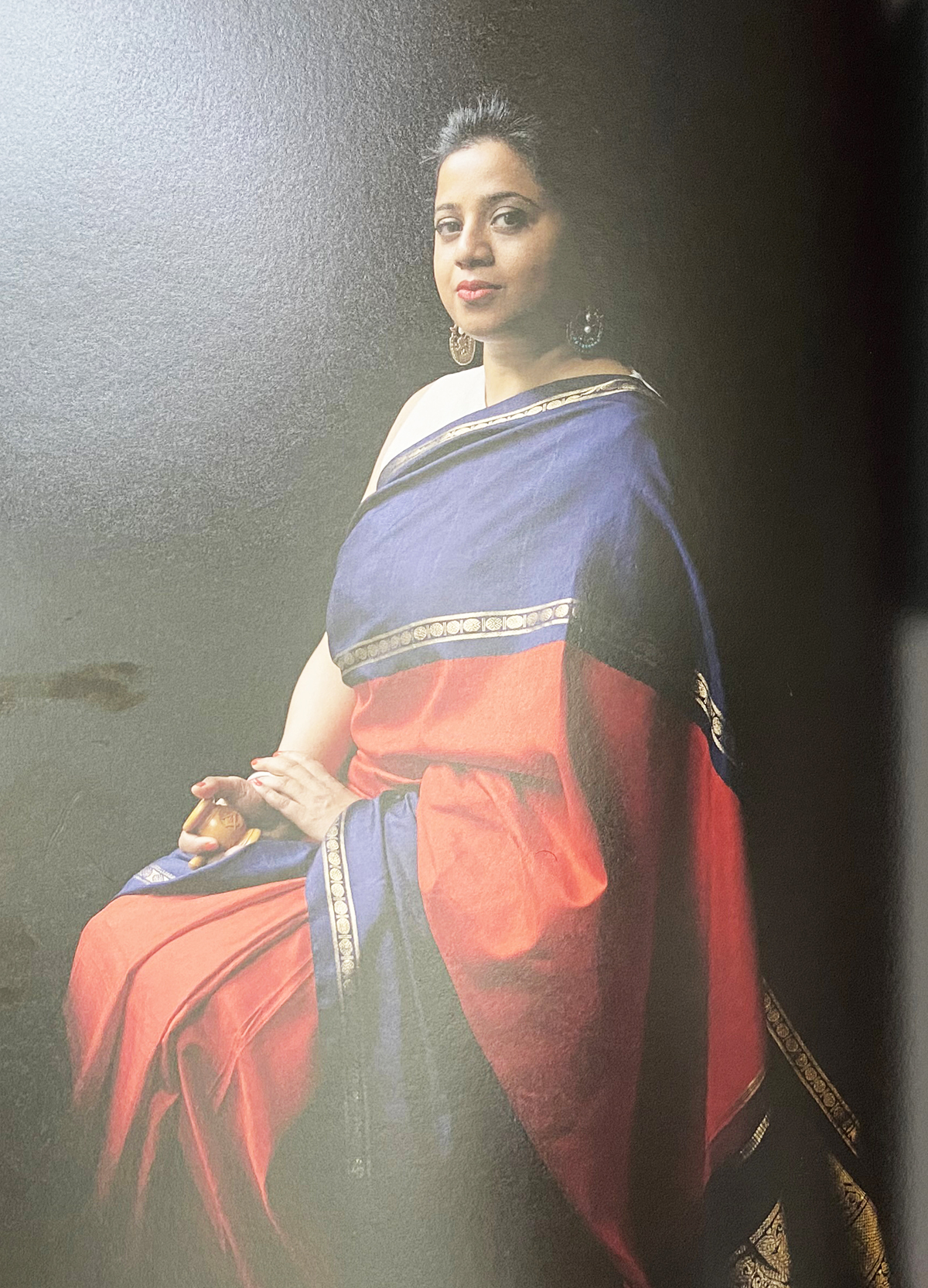
Priyanka Mathew, Carla Van de Putterlaar @ TEFAF NYC Artfully Dressed: Women in the Art World
Art has always been an ambassador to reflect critical dialogues around socio-economic moments and will play an increasingly important role in the post-pandemic world. The structure of business is set to change in the gallery and the auction spheres
On the cool brisk evening of March 7, a Saturday, the preview reception of Sotheby’s Indian March auction was held in their revamped York Avenue premises. The news of the virus was gathering, but we were in a moment where there were both believers and skeptics. Many colleagues of mine from the Indian art world had come to New York for the marquee sales and there was much on people’s mind. Some hugged while greeting each other, others had already embraced distancing. I was in two minds to even attend the event, but did so to support my friends at Sotheby’s as I have worked there for seven years. That was the last time I attended a gathering of people. Then, the world changed.
Interestingly, whilst the other auction houses postponed their auctions, Sotheby’s proceeded with their auction on March 11, and had a record sale, with several artist records. Thereafter, everything came to a standstill and we were globally exiled into our homes. We were waiting, watching and listening — observing our world thrown into heightened uncertainty.

Walter Leblanc, "Torisions B.V. 9" @ Phillips Auction House, NYC
Almost 12 weeks later, New York, considered the epicenter of the pandemic after Wuhan, is seeing the other side of this traumatic disruption. It has fractured and fragmented the ecosystem of this capital of the world in ways that we are still unsure, and we are all coming to terms with a kind of new normal that we will need to live in. New York is also the capital of the art world and is fundamentally transforming how we will view, buy, sell and experience art, going forward.
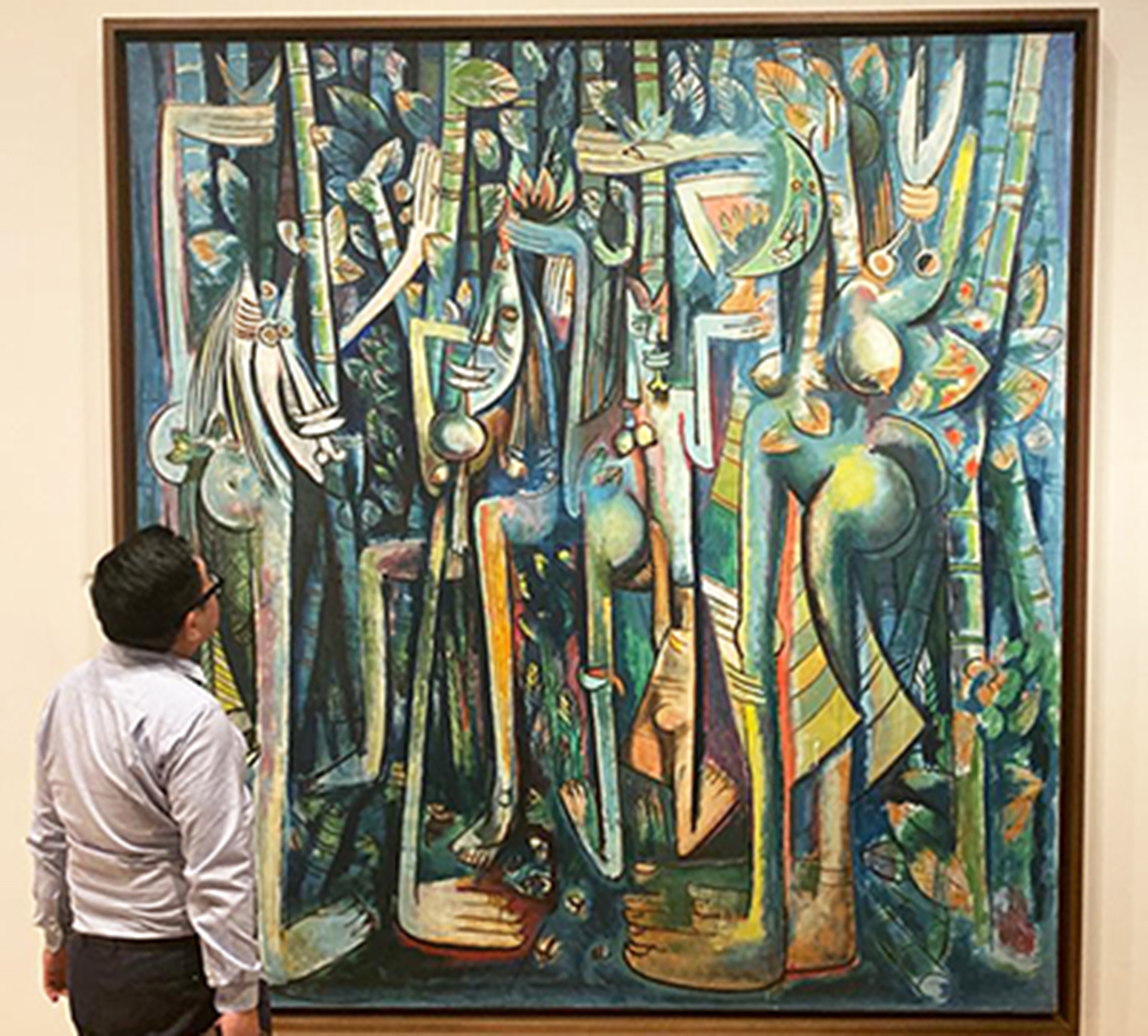
Wilfredo Lam @ MOMA NYC
Over the last two months, I have had several conversations with colleagues in the art world around the globe. Whilst all of us experienced the shock to the system together initially, we are now sharing ways to transform how we operate. The irony of this “physical distancing” is that it has locked people in their homes and made them captive audiences who are attempting to process the changing times. It has pushed us to gravitate to podcasts, webinars and YouTube to get access to current information and more than ever people in remote parts of the world are connecting, coming closer and talking to each other, sharing knowledge, and shaping outlook. Art has always been an ambassador to reflect critical dialogues around socio-economic moments and will play an increasingly important role in the post-pandemic world.
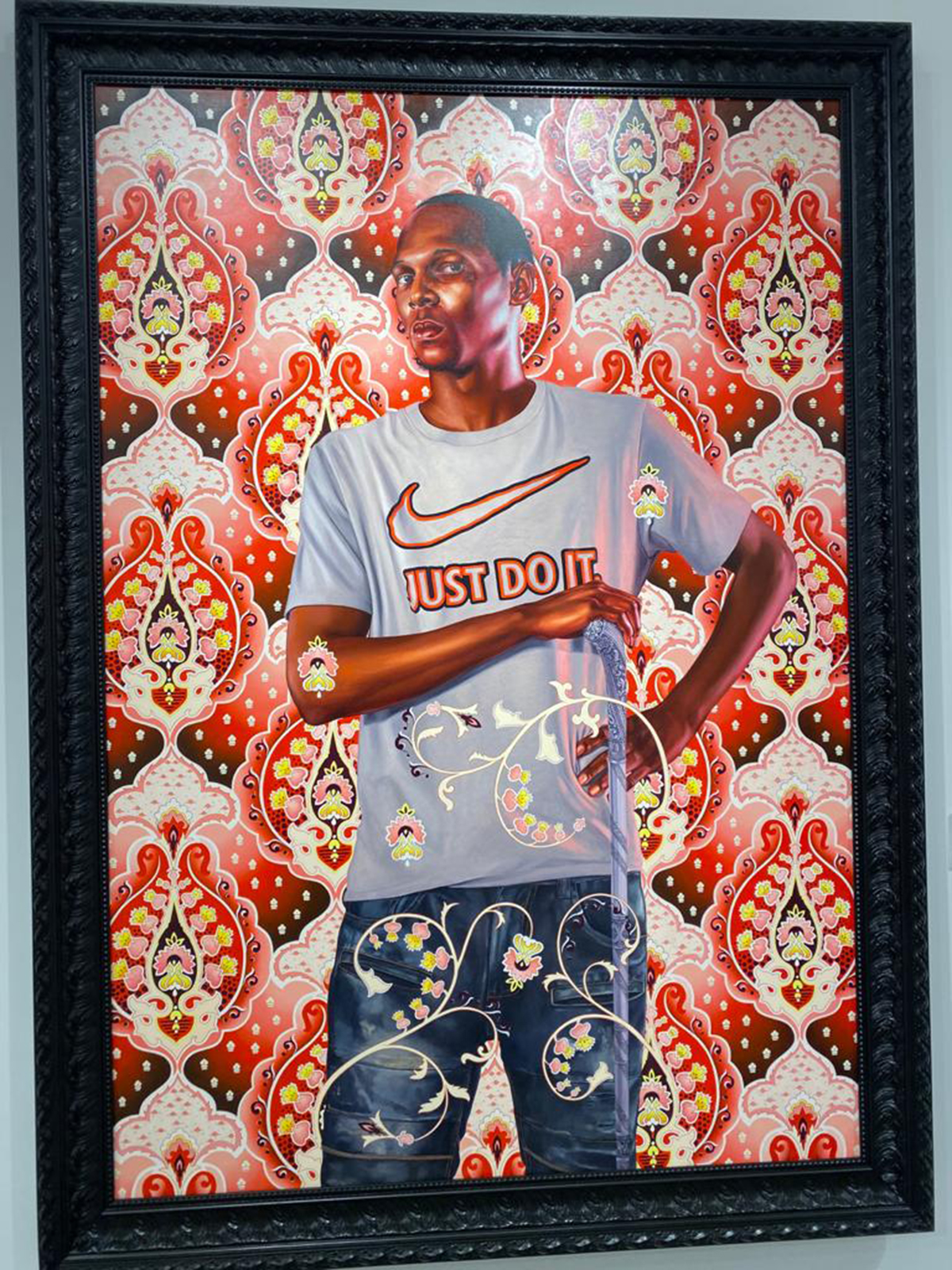
Kihende Wiley @ Phiilips Auction House NYC
Around the commerce of art, there is the question around the idea of a gallery space and its use in the light of not being able to have gatherings in the foreseeable future. There is a real tug of war between the idea that one cannot recreate the experiencing of art in the flesh, and the push to move online. The truth is the gallery spaces were already not critical around the commerce of the art because collectors would rarely buy around openings, but would come for individual appointments in the lead-up to an exhibition. The major auction houses are planning their Contemporary and Impressionist sales in July, and they are moving into a hybrid model where they may not have entire exhibitions but create appointments for individual collectors to come and inspect artworks in sterile conditions. The auction rooms will have live auctioneers and a few specialists on phones but most of the bidding is anticipated to be remotely. The structure of business will change both in the gallery and the auction worlds.
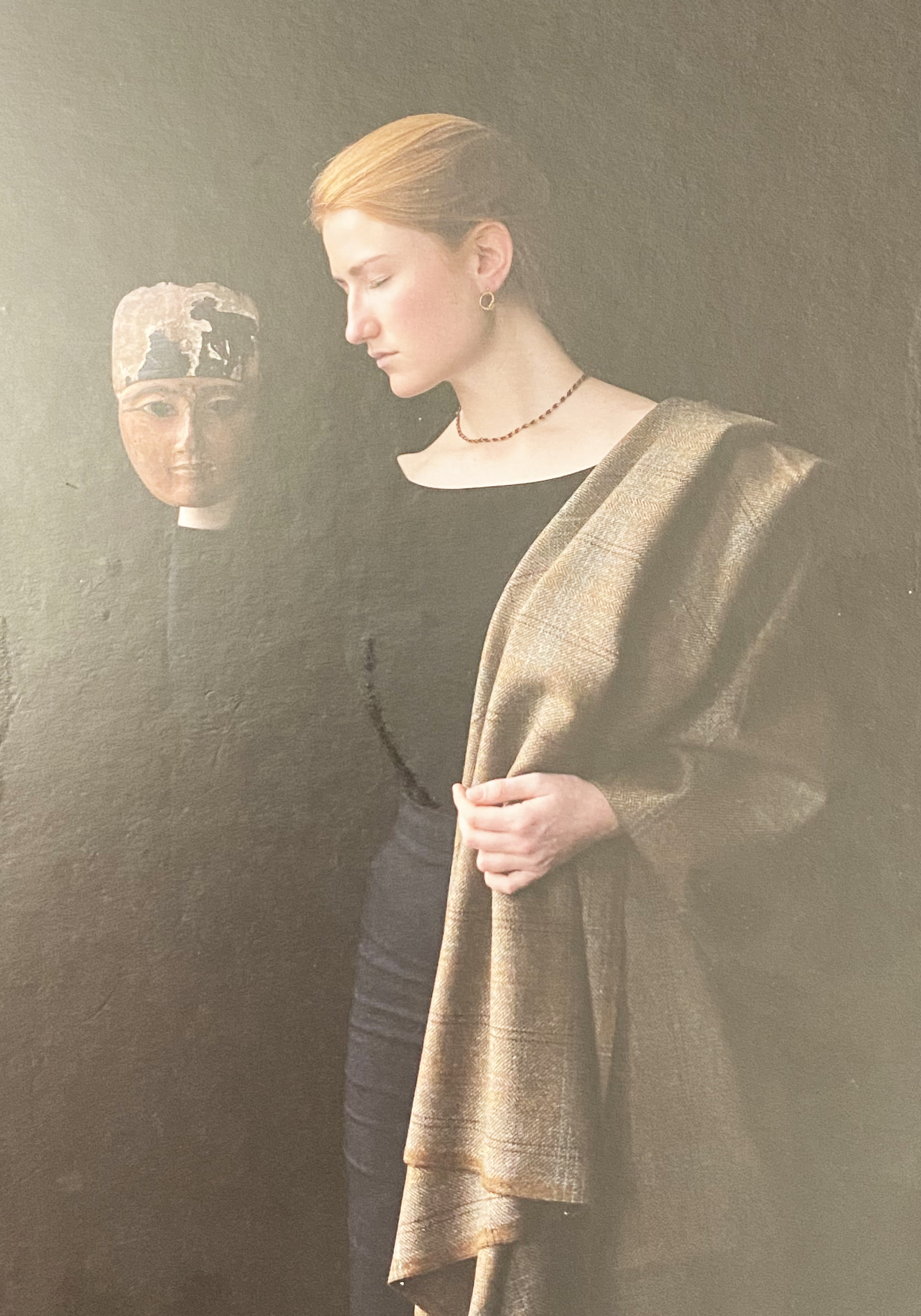
Carla Van de Putterlaar @ TEFAF NYC Artfully Dressed: Women in the Art World
And, finally, one must address the question of prices and the values of art world. There has been robust business happening in private sales at all the major auction houses. One of the tragedies of the pandemic is that it has starkly made the rich of the world richer, and created much pressure on the middle and lower income communities. Forbes recently published an article reporting that the top 25 billionaires of the world added about 255 billion dollars of wealth in the last two months to their respective net worth. There is a sense that buyers are anticipating cuts in prices of major works, but the reality, just like the situation after the financial crisis of 2009, is that there are still plenty of buyers in the market. Unlike the 2009 crisis, however, this is not a financial crisis; there is still much wealth sloshing around, especially with the nearly 5 trillion dollars of stimulus that the government has thrown at the problem in the US. North America will see plenty of buyers and many major companies and hedge funds in America are run by American Indians who collect art, who I expect will support our regional ecosystem of Indian art.
This piece is a part of our special issue on Art in the time of Pandemic, curated by critic, author and one of our contributing editors, Ina Puri
More from Arts
Comments
*Comments will be moderated




